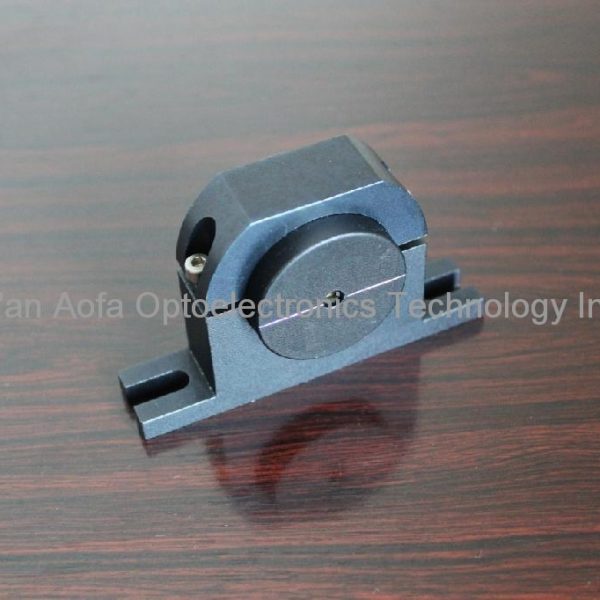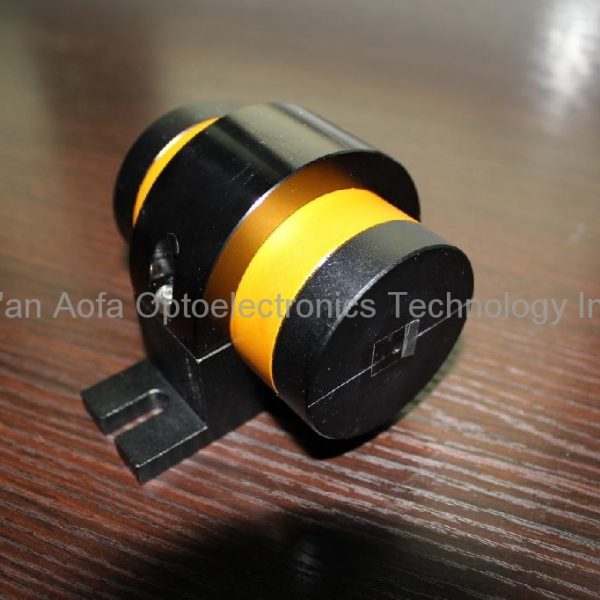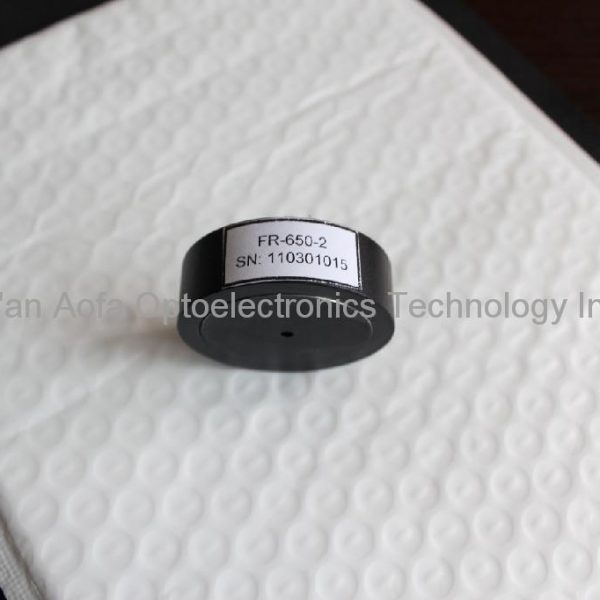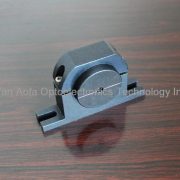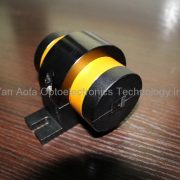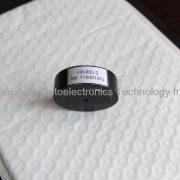Faraday Rotator
Faraday rotators are used in Faraday isolators to prevent undesired back propagation of light from disrupting or damaging an optical system.
Main aperture as below and specified by the customer.
Diameter: 2.4mm,4.4mm,5.0mm,6.0mm,10mm,15mm,20mm,25mm,30mm
Working wavelength: 532nm,633nm,650nm,850nm,1064nm,1550nm
- Description
- inquiry
A Faraday rotator is an optical device that rotates the polarization of light due to the Faraday effect.
The Faraday rotator works because one polarization of the input light is in ferromagnetic resonance with the material which causes its phase velocity to be higher than the other. Specifically, given two rays of circularly polarized light, one with left-hand and the other with right-hand polarization, the phase velocity of the one with the polarization in the same sense as the precessing magnetization is greater.
Linearly polarized light can always be represented as a linear combination of circularly polarized light of left and right handedness and equal amplitude. (See Jones calculus).
In other words, the plane of linearly polarized light is rotated when a magnetic field is applied parallel to the propagation direction. The empirical angle of rotation is given by:
β=νBd
Where β is the angle of rotation (in minutes of arc).
B is the magnetic flux density in the direction of propagation (in gauss).
d is the length of the path (in cm) where the light and magnetic field interact.
Then is the Verdet constant for the material. This empirical proportionality constant (in units of minutes of arc per gauss per cm of path, or in SI units, radians per tesla per metre) varies with wavelength and temperature and is tabulated for various materials.
B is the magnetic flux density in the direction of propagation (in gauss).
d is the length of the path (in cm) where the light and magnetic field interact.
Then is the Verdet constant for the material. This empirical proportionality constant (in units of minutes of arc per gauss per cm of path, or in SI units, radians per tesla per metre) varies with wavelength and temperature and is tabulated for various materials.

 中文
中文
